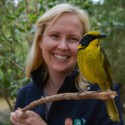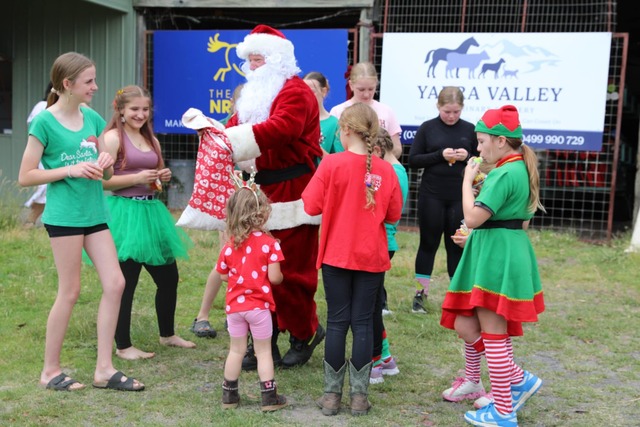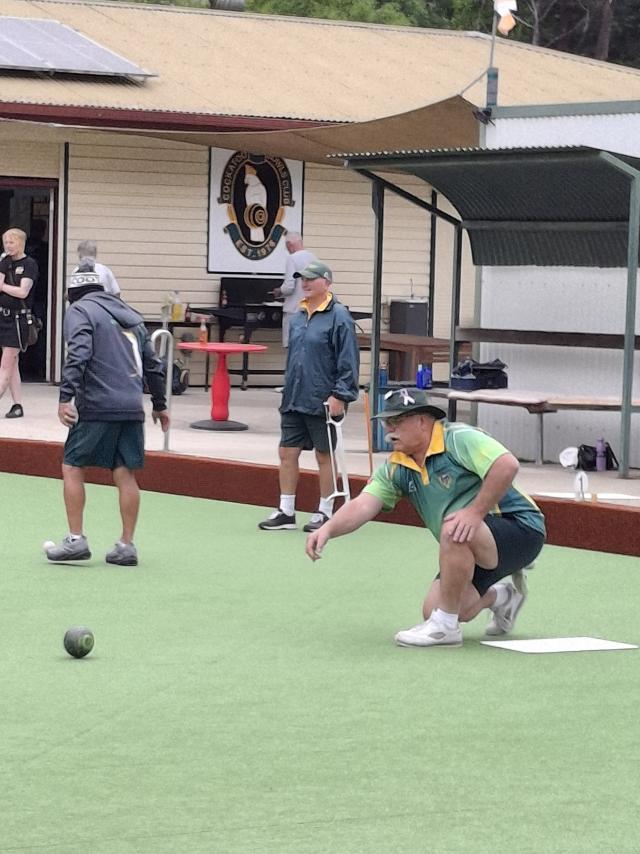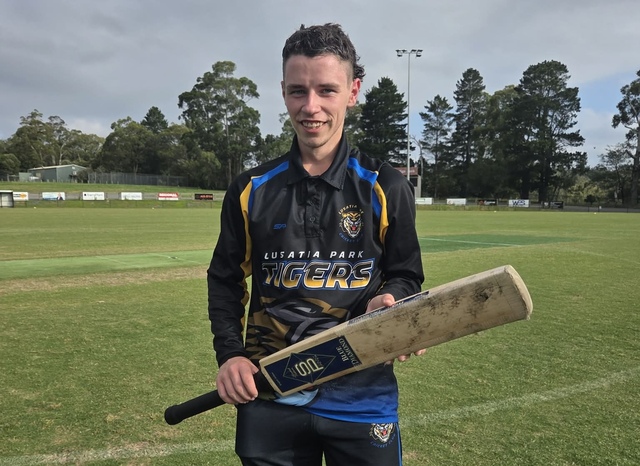By JESSE GRAHAM
THEY say you can’t put a price on a life, but Zoos Victoria and the Healesville Sanctuary did just that last month, putting out a $30 million plan that could make the difference between survival and extinction.
Zoos Victoria released its 2014-’19 Wildlife Conservation Master Plan late last month, detailing $30 million in plans and programs it aims to run in the next five years to stop 20 native species from going extinct.
Yellingbo’s helmeted honeyeaters (Heho) and lowland Leadbeater’s possums are two of the species in the plan that will potentially have their slide towards extinction reversed if the plan is successful.
The plan was launched to Healesville Sanctuary staff on Wednesday 25 March, when Zoos Victoria’s Director of Wildlife Conservation and Science, Rachel Lowry, came to the sanctuary with CEO, Jenny Gray.
Ms Lowry, who wrote the plan, said that Zoos Victoria would contribute at least $10 million towards the plan, but needed the support of government, private donors and residents to rally up the funds to save the animals.
“It’s a costed plan because we know we can’t do it on our own and we are going to need people to help and support us,” she said.
“It’s not intended to be a document for any one part of the community – it’s meant to be a transparent document to say ‘this is what it takes, guys’.”
For the Hehos and the possums, whose populations in the wild sit at 60 and 40 respectively, Zoos Victoria has mapped $4.27 million in plans over the five years to ensure the species’ survival.
This includes habitat restoration in Yellingbo ($640,000) and in the Coranderrk bushland ($1,104,000), establishing a second wild population of both animals at Haining Farm ($400,000), creating a facility to train threatened species in predator avoidance ($30,000 initially) and to create a captive insurance population of lowland Leadbeater’s possums at the sanctuary ($129,806 per annum), among other plans.
Ms Lowry said the lowland Leadbeater’s possum in Yellingbo was being focused on, due to its extremely low numbers in the wild and current uncertainty about the central highlands species’ habitat in the Toolangi State Forest.
“We have a criteria to determine which species we work with, and we decided to focus on that population because it’s the most likely to go extinct,” she said.
Other key species in the plan include the eastern barred bandicoot, which is currently extinct in the wild, the mountain pygmy possum and the orange-bellied parrot.
Ms Lowry said that captive breeding was not the only answer to saving the animals, and that some projects include training Maremma dogs and using drones to inspect feral-proof fencing for the bandicoots.
The Federal Government is currently reviewing the classification for the Leadbeater’s possum – the species is currently endangered, but is proposed to have its classification upgraded to critically endangered.
To view the full plan and its key components, or to donate to the total, visit www.zoos.org.au.







